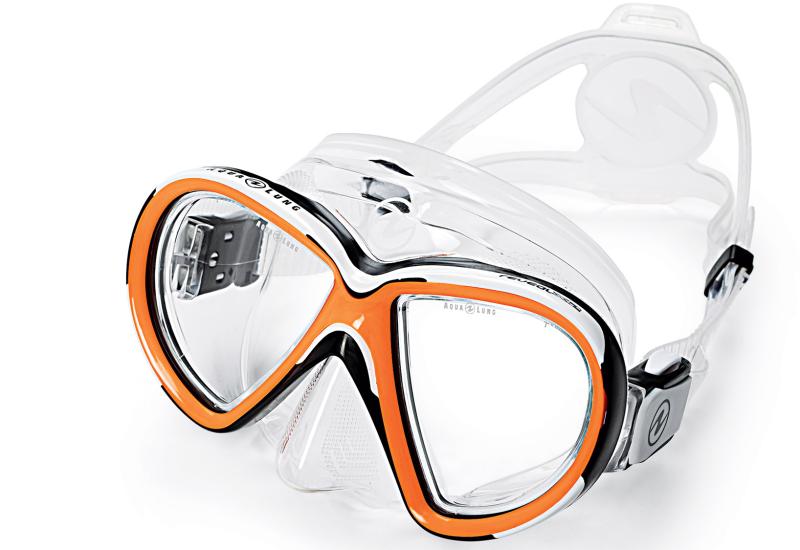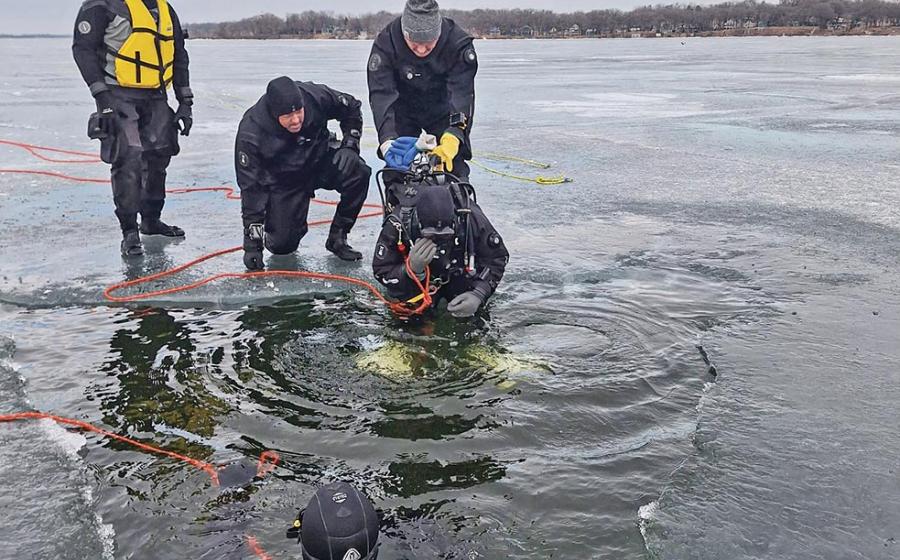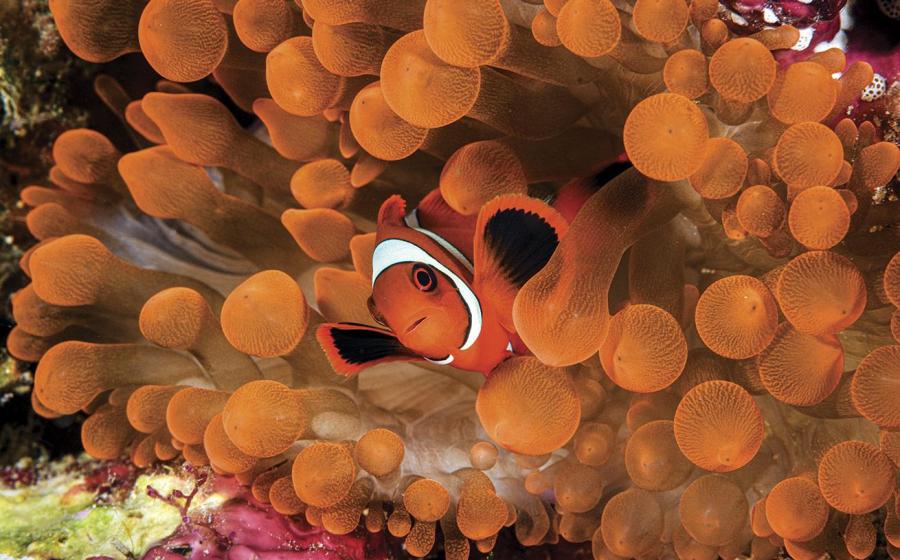The Perfect Wetsuit Thickness for Every Water Temp

Bruce MorserWetsuits
A lot of factors affect how warm or cold a diver feels on a dive, but doing your homework about a destination's water temperature is a good place to start in figuring out whether you need a skin, 3 mm, 5 mm, 7 mm or drysuit to be comfortable. And keep in mind that some destinations have an abrupt thermocline — the surface water temp may be drastically different than the temp at depth. Dress for that temp, and don't forget to pack a few layering items, like a vest and hood. If you surface from the first dive of the trip chilled, you can always layer for extra warmth.
The colder the water, the thicker the wetsuit. But how cold, and how thick? Many factors enter into the wetsuit thickness equation. First, there’s the personal. Everybody has a different body thermometer, based on gender, age, health, body fat, metabolism and individual comfort level.
Then there’s the diving itself. How many dives you make, how deep you go, how long you stay, not to mention the topside conditions — all of these make a difference. Given that, here is a general guide to choosing the correct thermal protection:
Related Reading: Tidal Sports Roll-Up Snorkel
| Water Temperature | For Warm-Blooded Divers | For Divers Prone to cold |
|---|---|---|
| 85 Degrees F (29 C) and Above | Dive Skin | 2 mm to 1 mm shorty |
| 80 to 84 Degrees (26-28 C) | 2 mm shorty to dive sking | 2 mm to 1 mm fullsuit |
| 73 to 79 Degrees (22-25 C) | 3 mm fullsuit to 2 mm shorty | 5 mm to 3 mm fullsuit |
| 66 to 72 Degrees (18-21 C) | 5 mm to 3 mm fuillsuit | 7 mm to 5 mm fullsuit |
| 50 to 65 Degrees (10-17 C) | 8/7 mm semidry to 7 mm wetsuit | Drysuit |
| Below 50 Degrees (Below 10 C) | 8/7 mm semidry or drysuit | Enjoy the water from the nearest coffee shop. |










